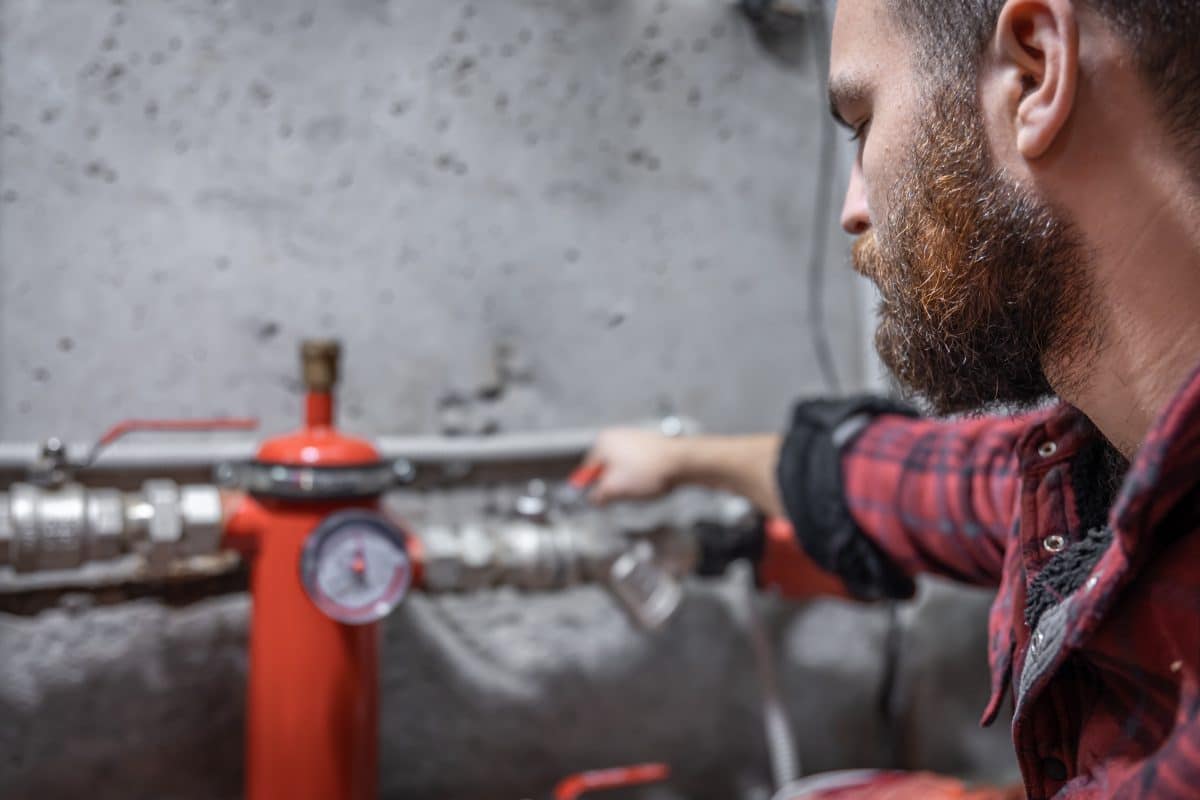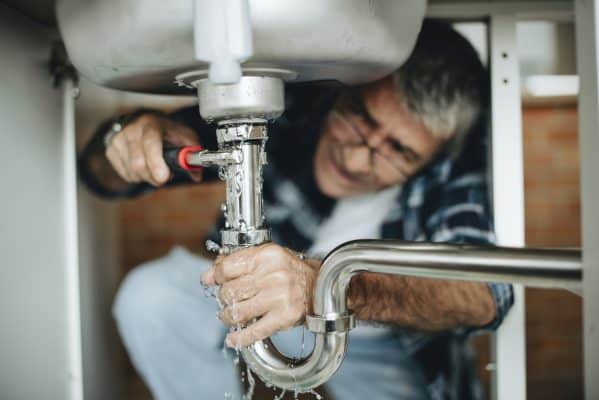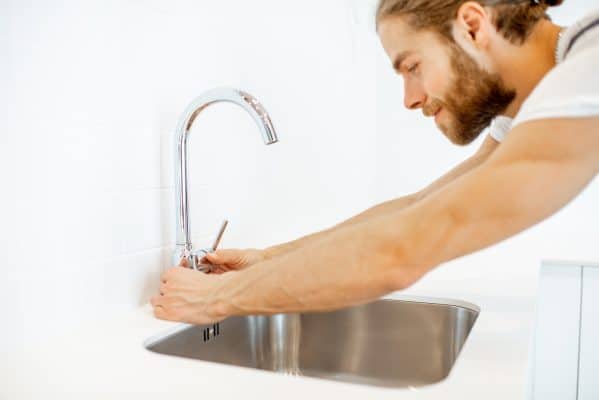In today’s fast-paced world, a sudden drop in water pressure can be more than just an inconvenience; it can disrupt your daily routine and leave you frustrated. Whether it’s a weak trickle from your showerhead or a slow-filling washing machine, low hydrostatic pressure can make even the simplest tasks feel like a chore. Fortunately, there’s a solution to this common problem – a skilled plumber. In this article, we’ll explore the causes of low hydrostatic pressure and how a plumber can help restore the flow to your home.
Understanding Low Water Pressure
Low water pressure refers to a situation where the water in your plumbing system flows with reduced force than usual. It’s a widespread issue that can affect both residential and commercial properties. Let’s delve into the potential causes and how a plumber can address them.
Common Causes of Low Water Pressure
Pipe Blockages: Over time, pipes can accumulate mineral deposits, rust, and debris, leading to blockages that restrict water flow. Plumbers can locate and clear these obstructions to improve pressure.
Leaky Pipes: Leaks in your plumbing system can divert hydrostatic away from where it’s needed, causing a drop in pressure. A plumber can identify and repair these leaks.
Corroded Pipes: Corrosion can weaken pipes, leading to cracks and leaks. Plumbers can replace corroded sections, ensuring better water pressure.
Faulty Pressure Regulators: Pressure regulators are essential for maintaining consistent hydrostatic pressure. If they malfunction, a plumber can adjust or replace them.
Municipal Supply Issues: Sometimes, low water pressure is not within your control. Municipal supply problems can affect your entire neighborhood. Plumbers can help you differentiate between local and household issues.
The Plumber’s Solution
Now that we’ve identified some common culprits behind low water pressure, let’s explore how a skilled plumber can help alleviate this frustrating issue.
Thorough Inspection
A plumber will start by conducting a comprehensive inspection of your plumbing system. This includes checking for leaks, blockages, and any faulty components.
Blockage Removal
If blockages are discovered, the plumber will use specialized tools to clear them. This can involve techniques like hydro-jetting, which uses high-pressure water to break down and remove obstructions.
Leak Detection and Repair hydrostatic pressure Leak Detection and Repair
Leaks can significantly impact hydrostatic pressure. Plumbers employ advanced technology such as leak detection cameras to pinpoint hidden leaks and repair them promptly.
Pipe Replacement
In cases of severely corroded or damaged pipes, a plumber may recommend pipe replacement. Modern materials like PEX or copper can offer better durability and improved water flow.
Pressure Regulation
Plumbers are skilled at calibrating pressure regulators to ensure your home receives a consistent and adequate water supply. This can help prevent future pressure issues.
Preventing Low Water Pressure
To avoid recurring low hydrostatic pressure problems, consider these preventive measures:
Regular Maintenance: Schedule periodic plumbing inspections and maintenance to catch issues before they become major problems.
Upgrade Plumbin: If your plumbing system is outdated, consider upgrading to modern, more efficient pipes and fixtures.
Address Hard Water: If you live in an area with hard water, invest in a water softener to reduce mineral buildup in your pipes.
Check for Municipal Notices: Keep an eye out for notices from your local water authority regarding supply interruptions or maintenance.
Conclusion
Low water pressure can be a frustrating issue, but it’s not one you have to endure. Skilled plumbers possess the expertise and tools to diagnose and resolve the root causes of low water pressure in your home. By addressing the issue promptly and taking preventive measures, you can enjoy consistent and robust water flow for years to come.
FAQs
How do I know if I have low water pressure?
Low water pressure is often evident when you experience reduced flow from faucets or showers. You can also check by filling a container and timing how long it takes to reach a specific volume.
Are there DIY solutions for low water pressure?
While there are some minor fixes you can attempt, such as cleaning faucet aerators, most low water pressure issues require professional plumbing expertise.
Is low water pressure harmful to my plumbing system?
Yes, low hydrostatic pressure can lead to strain on your plumbing system, potentially causing leaks or burst pipes over time.
How much does it cost to hire a plumber for low water pressure issues?
The cost varies depending on the cause and extent of the problem. A plumber will provide an estimate after inspecting your plumbing system.
Can low water pressure be a sign of a more significant plumbing issue?
Yes, low hydrostatic pressure can sometimes indicate more extensive problems like pipe corrosion or hidden leaks. It’s essential to have a plumber assess the situation to prevent further damage.




